If you peruse our website, you’ll see that dress codes are a regular topic for us here at the Gentleman’s Gazette. But as sartorial norms have evolved, the primacy, and even the meaning of dress codes, has changed dramatically. But do dress codes deserve to die?
Dress codes seem to be employed less and less these days, and even when they are seen, they’re either not enforced well, not understood, or both. Likewise, the social forces that previously mandated dress codes have largely disappeared.
On this particular point, though, we want to make clear that we think this is a good thing. We applaud greater choice in clothing and support the idea of people wearing what they want to. But should this progress necessitate the death of dress codes entirely? We’ll tackle their history and the reasons they’re now on life support today.
History of Dress Codes
Written and unwritten codes of dress have existed for millennia, but during the 19th century, as seismic social change was reshaping the world, class structures were changing, and knowledge of acceptable codes of dress was helpful in distinguishing between those who belonged; essentially, the upper classes from those who didn’t belong; essentially, everyone else who couldn’t afford to follow these dress codes as strictly.
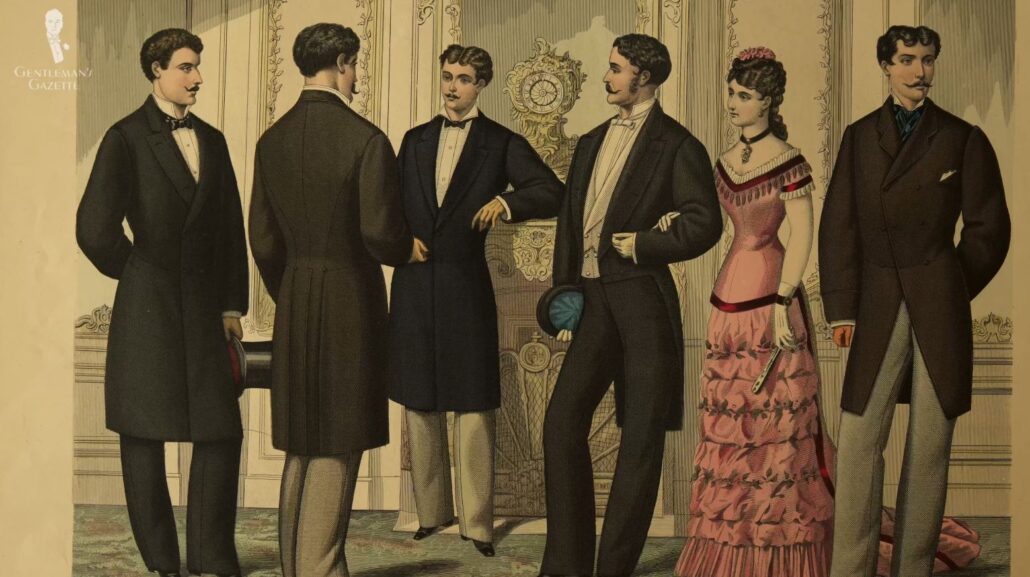
While distinguishing the classes was just one role historically played by dress codes, it was an important role that greatly shaped daily life. This is because, in simplest terms, dress codes, especially the most formal ones, essentially excluded most of society. Members of the ruling class grew up learning how to navigate and employ these dress codes, to the extent that for many social functions in the upper classes, dress codes weren’t even listed. People simply knew how they were expected to dress.
As the 19th century progressed and strict social stratification slowly began to fall apart, these dress codes were employed, in turn, by the upwardly mobile middle classes. This is because they were aspiring to achieve the same status as the upper classes had, and following these dress codes as best they could was one way to do it.
![Etiquette Book The cover of an 1859 practical etiquette book by Irwin P. Beadle [Image Credit: Lincoln Collection]](https://www.gentlemansgazette.com/wp-content/uploads/2022/10/etiquette-book-1030x576.jpg)
Furthermore, etiquette books made information about dress codes more accessible, making dress code adoption more prevalent. This process sped up dramatically following the greater social shifts that occurred after the First World War. During the first half of the 20th century, most people were willing to conform to dress codes and acquaint themselves with their meanings.
As the 20th century progressed, though, radical changes in menswear and society at large were occurring, placing a greater emphasis on individuality and creative freedom in dress, as well as other factors. Lower costs for materials and finished garments made it easier for people to dress in increasingly flashy ways, with the idea, essentially being, that the more unique an outfit was, the better it was. If you check out our guide to the Black Tie innovations of the 1960s and 70s, you’ll see where this line of thinking can lead you.
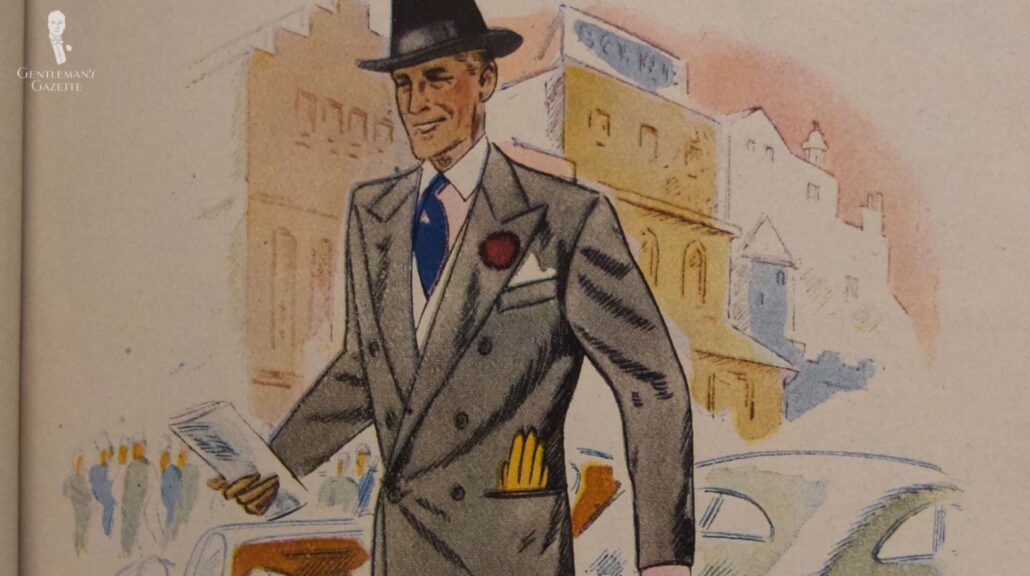
Get the same Golden Age classic look with Fort Belvedere accessories!
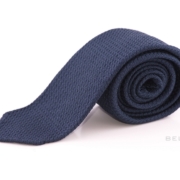
Grenadine Silk Tie in Navy Blue

Dark Red Mini Carnation Silk Boutonniere Buttonhole Flower

White Linen Pocket Square with Handrolled Edges made in Italy
So, as some men began pushing against or entirely breaking dress codes as a means of self-expression, the concrete rules got muddled or, in some cases, lost entirely. And a society increasingly at odds with outdated notions of class structure and ideologically opposed to anything that seemed to constrict self-expression began to see dress codes in a negative light.
That then brings us up to the present day, in which many of the cultural systems formerly used to promote dress codes have broken down or been intentionally dismantled, leaving dress codes on life support.
5 Reasons Why Dress Codes Are On The Decline
1. Dress Codes Seem Confusing
As dress code knowledge has declined, many people have lost the fundamental sense of which garments were originally designed for which purposes. As an example, a day suit evolved for the needs of daily life, whereas a dinner suit or a tuxedo evolved for more formal evening occasions.
This lack of critical background information makes all dress codes more confusing because there isn’t a commonly understood baseline of what constitutes each of the degrees of the formalities scale. Whereas the terminology for things like casual, business casual, semi-formal, and formal was formerly much more clear, it’s today more muddled for many people.
This muddling, then, leads to confusion. As an example, if a restaurant has a dress code of formal or proper dinner attire, does that mean White Tie and Black Tie–the traditional definitions of what formal and semi-formal dinner attire were? Or does it just mean more formal than everyday wear? In this case, a jacket and tie would probably be appropriate.
It doesn’t help that the general population often doesn’t understand the minutia of dress codes, and frankly, neither do many modern purveyors of menswear. Scroll through the Black Tie section of any modern menswear retail website, and you’re bound to find many examples of clothing that isn’t appropriate for a traditional Black Tie dress code.
![Incorrect Retail websites often have incorrect notions of dress codes [Image Credit: Shop911301133 Store]](https://www.gentlemansgazette.com/wp-content/uploads/2022/10/incorrect-1030x581.jpg)
Examples will include everything from a notched lapel tuxedo with a long black necktie, to a morning dress tailcoat in a cream color with black accents worn with a tuxedo shirt, cummerbund, and black bow tie.
Suffice it to say, then, you can’t believe everything you see on the internet. And this difficulty in finding reliable information about what properly constitutes a dress code makes dress codes, as a whole, seem increasingly arbitrary and even meaningless.
2. Dress Code Innovations Are Even More Confusing
Perhaps, in an effort to capture the creative spirit of modern dressing, hosts, both private and public, are employing increasingly imaginative dress codes that are muddying the waters on things because they don’t actually have agreed upon definitions. What started with “creative” Black Tie has only gotten more obtuse over the years, spawning new dress codes that are either vague and broad, or needlessly specific.

DRESS TO IMPRESS…OR NOT?
Modern dress codes can be vague so hosts and guests alike tend to wear imaginative outfits – a far cry from the original purpose of dress codes
For instance, public venues often rely on vague dress code terminology, like elegant or even elegant casual, while weddings and other social functions like to employ the infuriating “dress-to-impress” or even odder dress codes.
Of course, the overly specific alternative isn’t much better. After all, what am I supposed to wear to a “Retro Cowboy Western Boho Chic” reception? Novel dress terminology evolved from a desire to personalize, and even innovate dress codes. But all that has resulted is a muddling to the point of meaninglessness. This, of course, is the exact opposite of what dress codes were created to do.
3. Dress Codes Are Perceived as Burdensome or Unfair
As general knowledge and confidence surrounding dress codes have declined, hosts seem increasingly unwilling to even implement them in the first place. Because hosts know that dress codes can be confusing, it often seems easiest to just drop the dress code entirely, rather than risk alienating some of your guests.
Hosts might also be concerned about embarrassing, or inconveniencing guests, or about appearing out of touch. They might worry that by asking their guests to put on a more involved dress code, like Black Tie, guests will see this as an unwelcome obligation that they have to meet in order to attend the function.
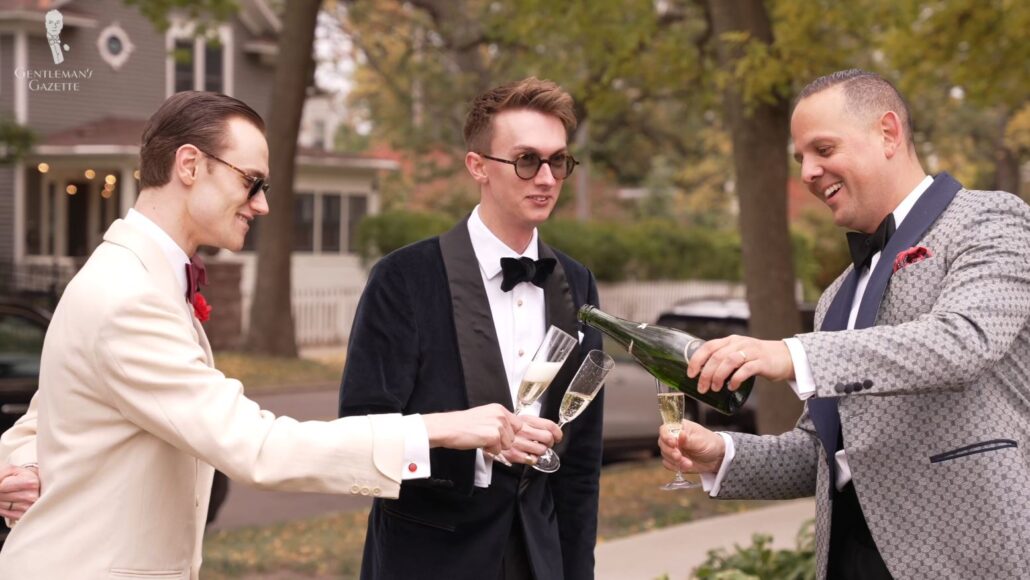
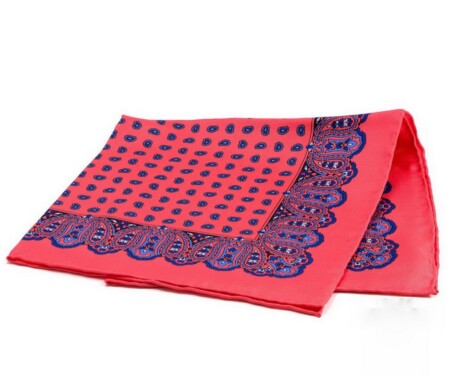
Fort Belvedere
Silk Pocket Square in Pink with Small and Large Paisley
Of course, the last thing that a good host would want to do is offend or impose upon a guest, so saying that guests might have to take the time to research a dress code, or go out and spend money to acquire the necessary elements, can seem burdensome.
Therefore, because it avoids the risk of alienating guests, many hosts see dropping the dress code as the merciful thing to do.
4. Dress Codes Are Difficult to Enforce
Fundamentally here, many modern societies have an aversion to compelling people to wearing specific types of clothes. Therefore, situations in which hosts actually attempt to enforce dress codes strictly can make the host seem snobby, elitist, or even draconian.
Suffice it to say, we can’t imagine many modern situations in which a host at a private party would openly call out a guest for not conforming to a dress code. Doing so would usually be considered bad manners on the part of the host, and the same goes for guests.
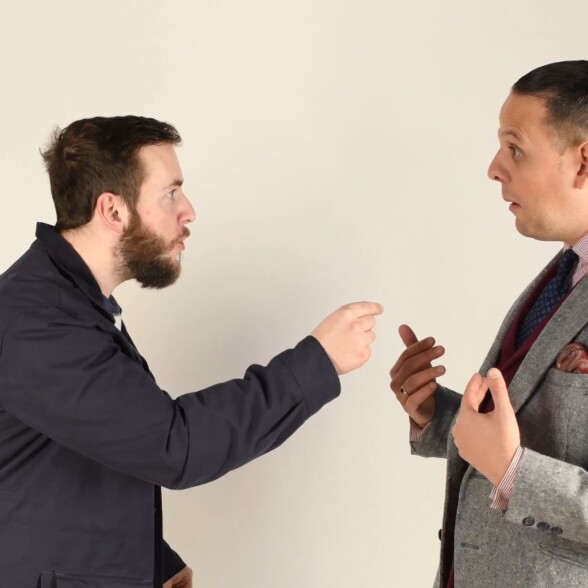
FINDING FAULTS IN THE FINERY
Reprimanding a visitor for not dressing appropriately can be considered bad manners.
What if guests feel like they can just wear whatever they want? Are dress codes basically dead? At venues like restaurants and clubs, hosts are more likely to enforce dress codes more strictly, but this can also present its own issues. It’s not uncommon these days for guests to make a scene, if they’re told that their attire is inappropriate, especially if they’re denied service.
With the rise of social media, these scenes often make their way online, leading to bad press for the restaurant, especially if the person turned away is someone famous or influential. As an example, in 2022, the Capital Grille restaurant of Atlanta, Georgia turned away the city’s former mayor, because she was wearing leggings.
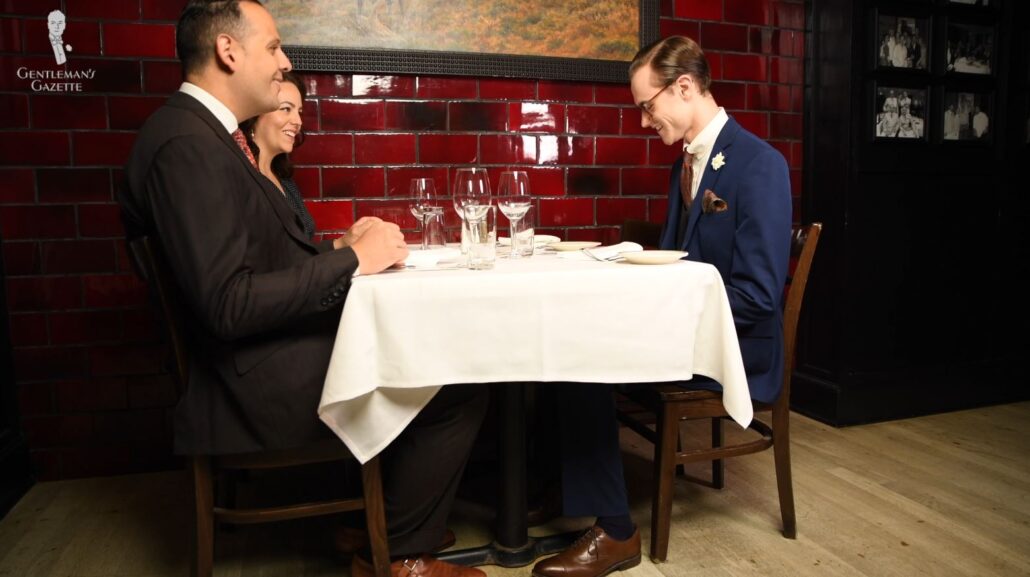
To avoid similar fallout, then, many restaurants these days are simply letting patrons wear whatever they want, contributing to the slow decline of dress codes, and possibly turning more people off of following them. After all, it’s not hard to imagine someone who followed the dress code to a T, observing those who didn’t and thinking to themselves, ‘If they didn’t bother to dress up, why should I?’
5. Dress Codes are Perceived as Exclusionary
Considering that dress codes did originally serve to exclude people, it isn’t surprising that echoes of this and the negative reception to it have carried into the present day. Furthermore, it is true that most traditional dress codes are built around Anglo or Eurocentric modes of dress that prioritize clothing historically considered formal by those cultures, and de-prioritize clothing considered formal by other cultures.
So, it is true that dress codes can, not only be used to dictate what people wear, but also to imply that those who don’t follow the code are unwelcome or less than. This issue, of course, is further exacerbated when dress codes seem to be only selectively enforced, with the implied effect of only keeping out certain kinds of people.
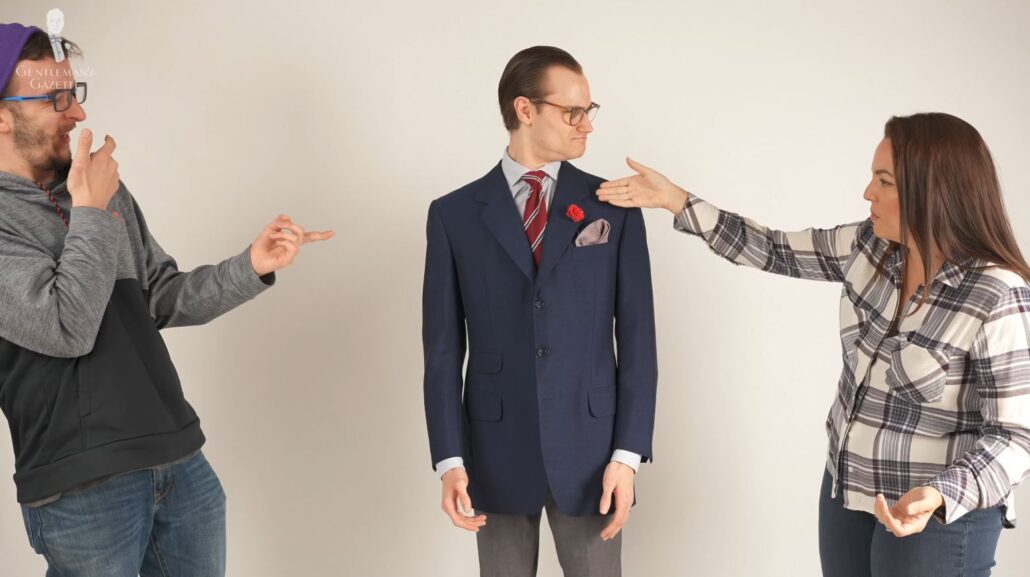
Charges of sexism can also factor into dress codes, as they can be seen as a social force that serves to police or control female bodies. This discussion is especially virulent around school dress codes, but it also applies to public spaces. So with these perceptions of racism and sexism, sometimes unfortunately true, it’s not a surprise that many people would like to see dress codes die.
Do dress codes deserve to die?
In our opinion, the answer is no. At least within the realm of classic menswear, dress codes can serve important functions that have evolved far beyond their exclusionary origins. Chief among these is that dress codes help to guide guests to expected levels of formality so that no one is self-conscious and everyone can have a good time because no one at a given event is over or underdressed.
They also provide a framework, helping you to craft your outfits, so that you can spend less time worrying about your look and more time simply enjoying yourself. This can be done in a simple and straightforward way, because while there is a lot of misinformation out there, classic dress codes are clearly defined, and easy to master if you have access to trusted sources, like the Gentleman’s Gazette.
Our dress code primer is a great place to start, if you’d like some more information on the details, you can consult our formality scale guide, and from there, you can find a host of many different kinds of dress codes.
The Dress Code Primer
Once you begin to employ the conventions of classic styling, following dress codes becomes quite easy. This is because you’ll come to own a curated collection of high quality, versatile, durable garments with excellent cost per wear. If you’re concerned about cost, we’ll direct you to our guide on 15 tips for dressing on a budget.
We understand fully why dress codes are perceived by some today to be exclusionary, but we also believe that dress codes have evolved and that they don’t have to be and shouldn’t be oppressive. When utilized properly, dress codes help everyone to understand what types of clothing are best suited to an event, and when they’re considered guidelines rather than prohibitions, they don’t need to be exclusionary.
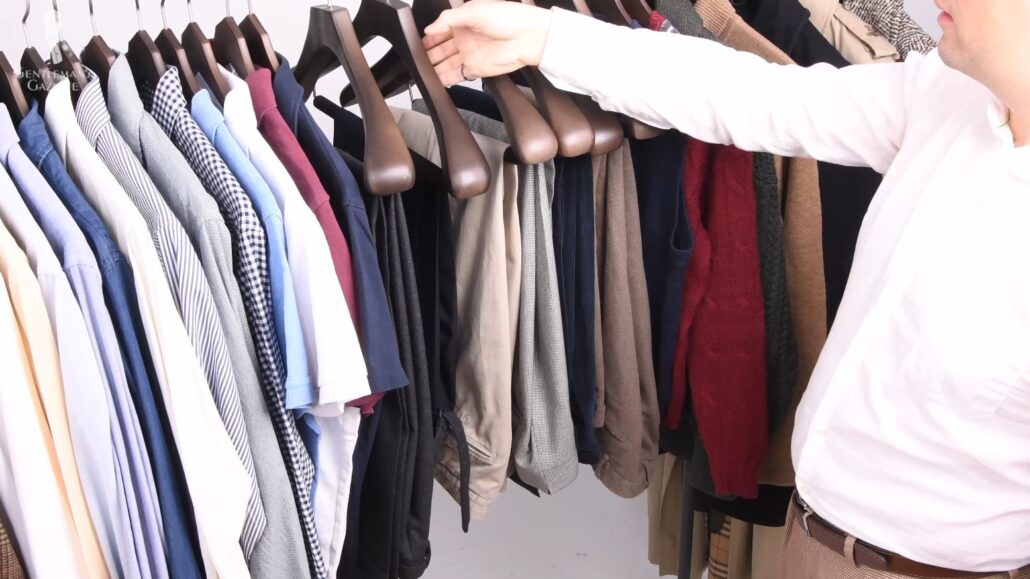
While dress code enforcement is a topic too complicated to be fully solved here, we will say that on a fundamental level, most disagreements or confusions surrounding dress codes can simply be resolved with communication and common courtesy.
So, if you’re going to host an event consider the typical dressing habits of your guests, and think about whether or not it’s reasonable to expect them to meet a certain dress code. You might also consider giving your guests an out by presenting a more malleable, but still clear dress code, like Black Tie optional or Black Tie encouraged. And consider clearing up any potential confusion by providing your guests with links to trusted resources.
Especially if you’ve chosen a more involved dress code, be sure to send out your invitations early enough to give your guests ample time to prepare.
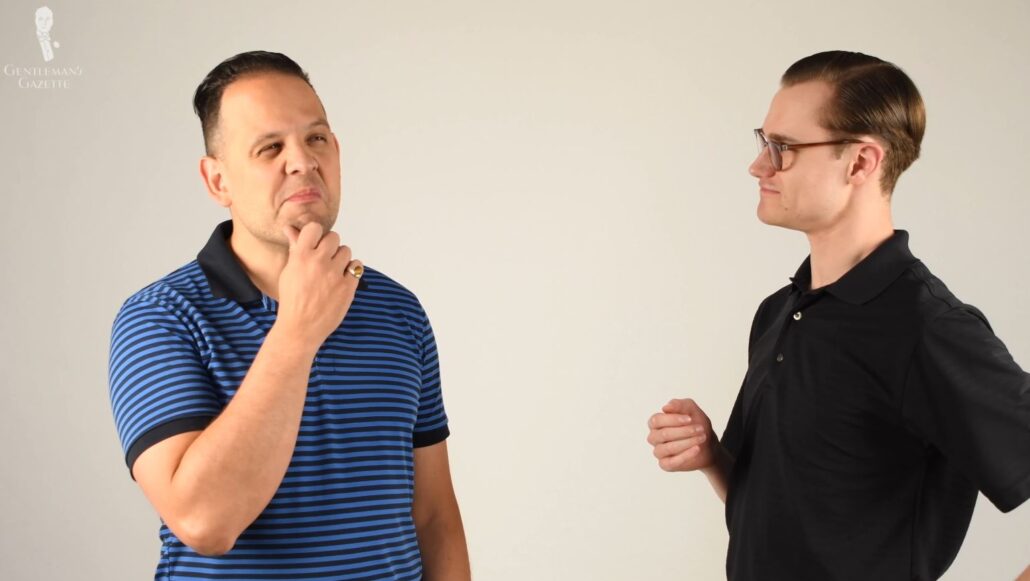
If you’re a guest, take the time to identify the dress code in any public spaces, and be sure to adhere as well as you can to any dress code for a private event. And of course, in either case, there’s no shame in asking, as it simply communicates that you’re trying your best.
So, while some people might continue to wear baseball caps with curse words emblazoned on them at nice restaurants, you can at least follow dress codes more courteously and studiously.
Conclusion
In summary, then, we believe that dress codes do deserve to exist today when they’re used not as a tool to exclude, but rather to help everyone at a gathering enjoy themselves that much more. If hosts are clear and cost conscious, guests are curious and cooperative, and everyone is considerate, then a dress code should be nothing to fear.
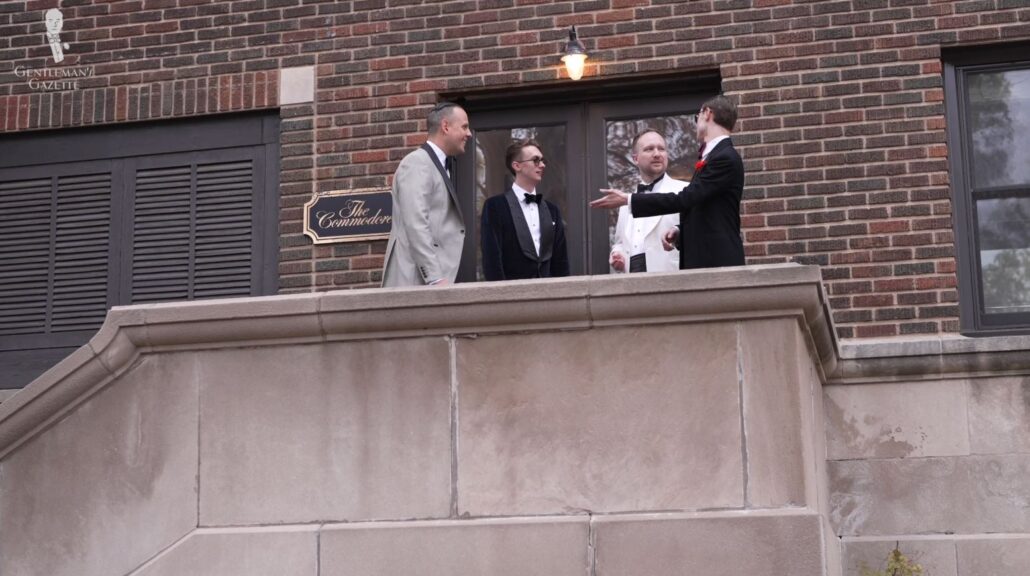
What do you think about dress codes today? Share your thoughts in the comments section!
Outfit Rundown
Today, I’ve chosen to go with one of the dress codes at the lower end of the formality scale; that of smart casual. The central element, of course, is my cardigan sweater in mottled yarns of blue, brown, and gray, and I’m wearing it over a shirt with a micro grid pattern in light blue and black on a white ground.
My trousers are in a plain blue shade, a bit lighter than the conventional navy, and my shoes are plain-toed Derbies in gray suede from Heinrich Dinkelacker. I’ve chosen to wear my silver wedding band today to harmonize with the color feel, and rounding out my outfit are our two-tone shadow-striped socks from Fort Belvedere in light blue and gray.
Because this dress code is more casual, I’ve also opted to let my facial hair grow a bit and leave the product out of my hair. And because it’s a gorgeous early autumn day here in Minnesota, we’ve chosen to film the outfit rundown footage outside. As such, I’ve also put on my trusty mustard brown short-brimmed fedora, and a custom-designed leather jacket from The Jacket Maker. They’re not a sponsor, but we’re happy that they sent us some products.
Of course, to find the socks I’m wearing today, as well as a wide array of other classic men’s accessories appropriate for a diverse set of dress codes, you can consult the Fort Belvedere shop.


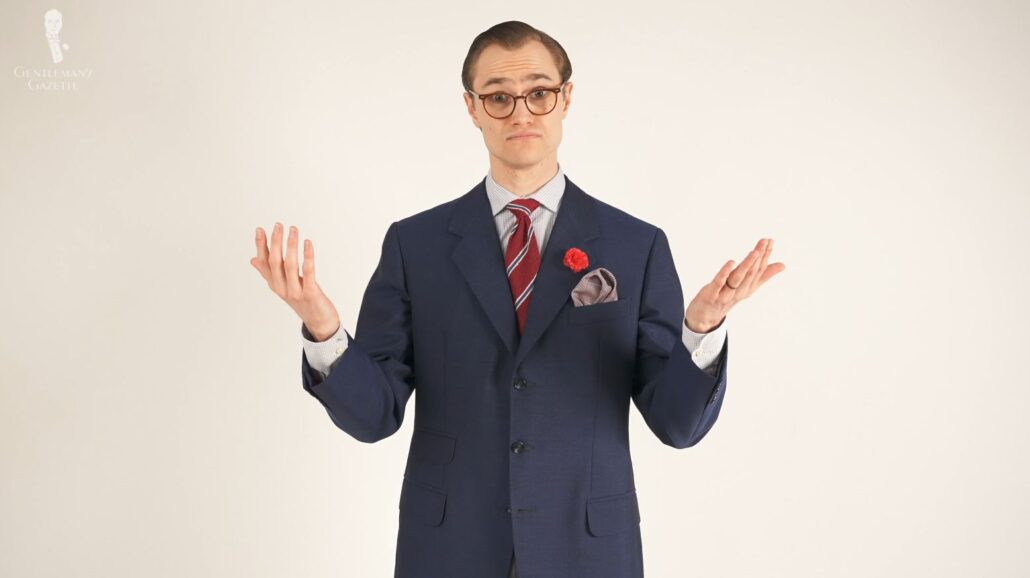
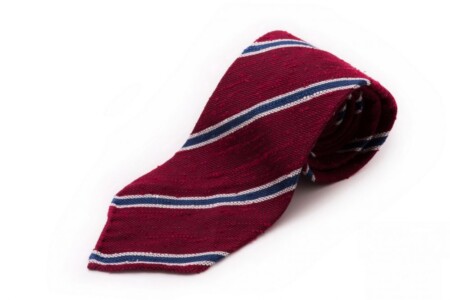
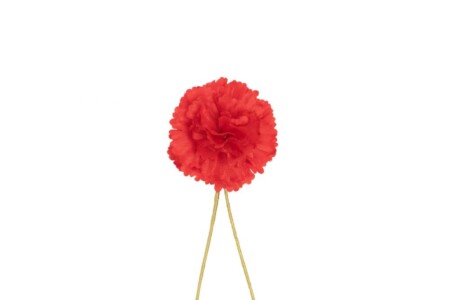
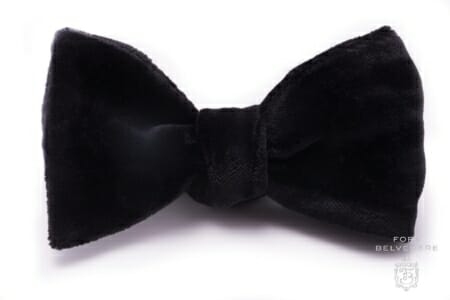
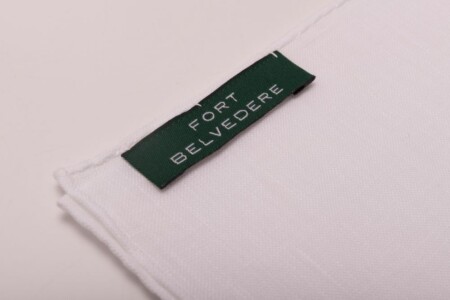
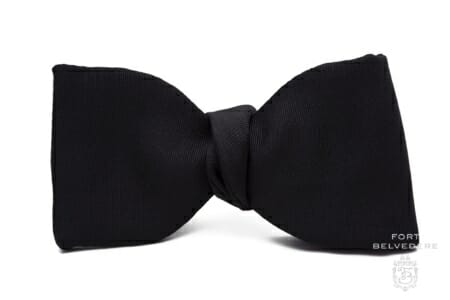
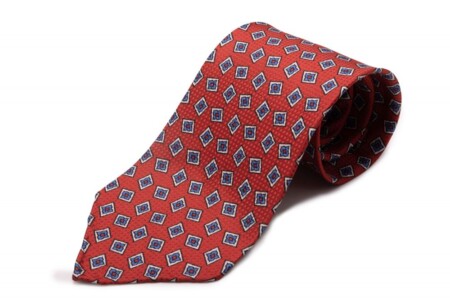

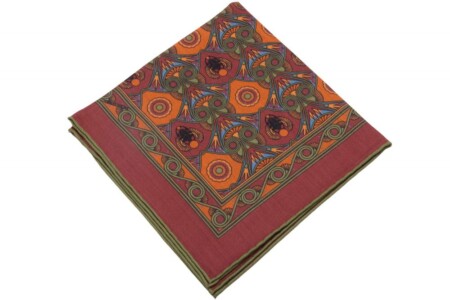
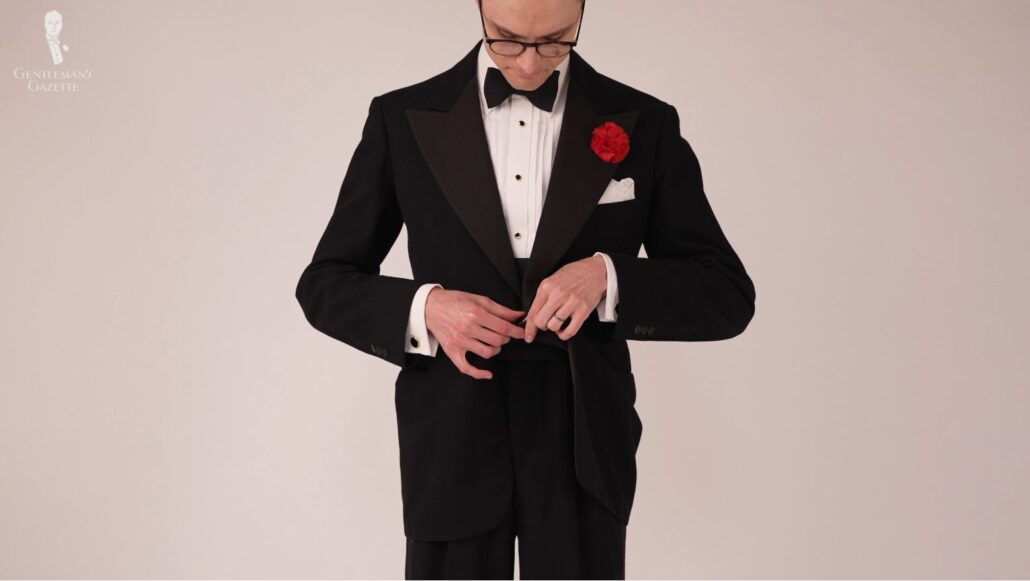
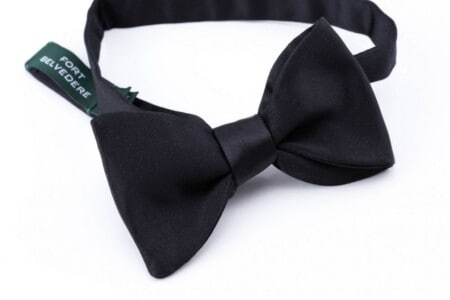
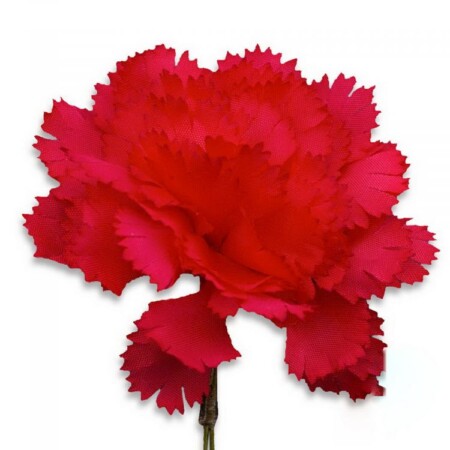

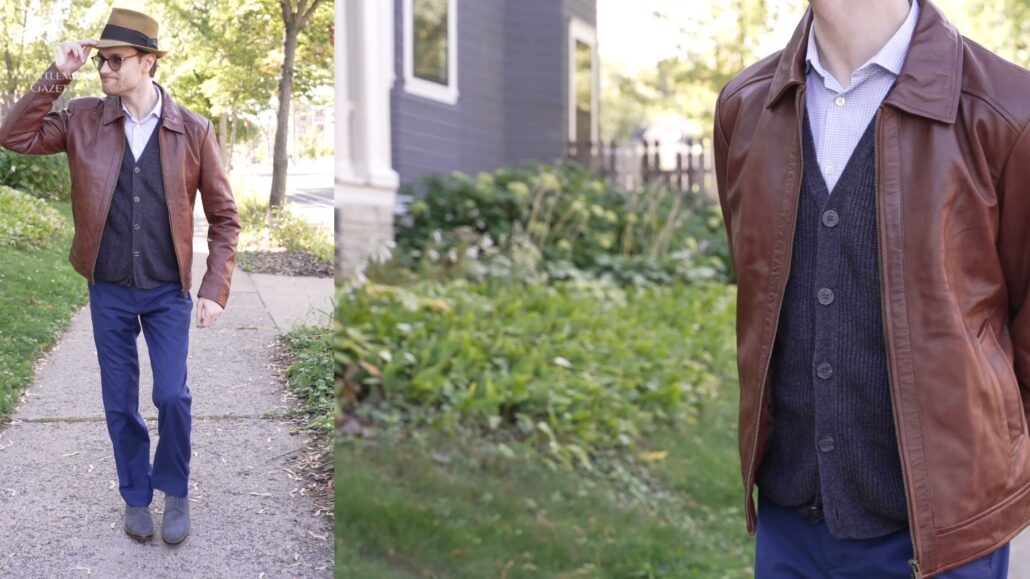
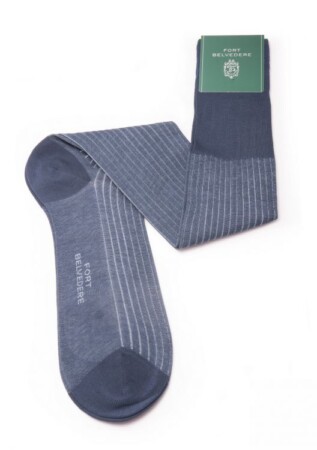
For an activity more formal than “BBQ, beer & Chips, more selectivity of invitee’s helps maintain the desired response.
Absolutely not, class is a odd thing like good taste, yet! Those of us that still remember black tie for the evening are going to continue to dress properly.
I recently bought a “U shaped” 3 button vest that I believe is of the 20/30 styles I had looked for for some time.
Now I have black tie with 8 different vests, a Formal Western frock coat with a Paisley Champagne ensemble and am looking for a White tie and morning dress outfit since we want to travel to England in the near future.
Keep the faith, proper dress I trust will never die.
How wonderful, it sounds like you enjoy your formal wear a lot! Where are you hoping to wear your morning dress and white tie ensembles in the UK?
Dress Codes: Yes, no, maybe ⁉️
YES, as a society dress codes should exist and be promoted as a means to encourage civility, decorum, and respect.
NO, dress codes should not be strictly enforced in modern society. They should however be strongly encouraged as a means to creating appropriate decorum and respect for dignified events.
MAYBE, no “costume/uniform/dress code” can change a person’s soul, or dignity, or self respect; it can however be very revealing of an individual’s respect for convention, others, and self.
Some interesting thoughts on all sides of the argument – thank you, Phil.
Blame establishments that do not enforce a dress code or have one!
Blame Rap and hip hop music!
Blame the fade of tattoo’s!
Sadly, few of the crowd will understand or even care.
But the female gender do notice, for they themselves love to dress!
For me…doublebreasted jackets fill my closet!
Dress for yourself and others will notice and perhaps say to themselves…” should have dressed up”!
Well said, Peter!
Or they’ll ask ‘Where’s the wedding?’ If not that, they’ll ask where you’re off to so dressed up assuming you’re going somewhere else afterward.
Very informative. Being old school, I think “dress codes” are needed. Casual wear has become too casual and abused. I’m one of the very few in my church that wears either a suit or coat and tie. I was raised that way. I really despise see mean wearing a suit without a tie. People in leadership positions need to look the position,
I think the reason men don’t understand what the different categories of dress ,are too lazy to educate themselves.
Agreed, Garland!
Umm.., according to the Black Tie Guide the entire purpose of establishing dress codes WAS to make formal ( read upwardly mobile ) events MORE accessible to more gents. If you followed the simple rules, you were in! Younger gents on a budget didn’t need concern themselves with all the latest only 1%’ers could afford.
For the basic investment of black trousers, plain black dress shoes, white shirt w/ studs, jacket and bowtie, enterprising young gentlemen were ready for the season’s invites and mingle w/ more successful, established members of the community. Who knows, might even get a job offer OR meet your future bride!
It was meant to be IN-clusionary. Not ex. Especially for younger officers trying to establish themselves at a new base. Even in our 60’s my wife and I still love attending the military ball. It’s a great opportunity for aircraft mechanics and electronic technicians to see how the other half lives and the level of decorum they’ll need to further their careers.
Being one of your older-age readers, I remember well the dress codes. So nice to read the comments of others with similar thoughts and experiences. In my 60’s now, I dress pretty much as I was raised.
Even casual can be worn much more gracefully than most are doing. A couple of years back, we went to a casual, small gathering for a friend’s birthday. I wore jeans, penny loafers, a white turtle-neck, and a tweed sport coat. One of the other guests, whom I did not know well, asked why I was so “dressed up.” I did not consider this to be dressy, what with jeans, and so on. He, on the other hand, was attired in jeans, gym shoes, and a short-sleeved t-shirt with some design occupying most of the front…worn over a long-sleeved Henley.
I’ve had very similar experiences, Dave, at a variety of social occasions.
Speaking for myself, I have been comfortable with dress codes since my first day at school (public) in the 70s when it was only me and the headmaster, out of all staff and students, who wore the school tie. Notwithstanding this, don’t be fooled that it will cure exclusionist attitudes in all cases.
Keep up the good work GG with thoughtful, optimistic, and articulate articles such as this one.
The dress code died the day Casual Friday was born.
No, dress codes should not die and in fact, are in need of a resurrection given the deplorable standards by which people dress and for that which passes as fashion. As someone remarked to me recently, the “homeless man” look seems in vogue. In my view, the late 1980s business shift to “casual Fridays” was the beginning. Then jeans. Then a week of casual and now? The top Fakebook exec wearing a t-shirt as uniform. Ugh. Tank tops on airplane travelers, pajamas at the grocery store, veritable undergarments at the gym. Humans have dumbed down in the pursuit of lazy comfort and personal entitlement. Many will take their cue from celebs but I say that’s the uninventive and non-curious among us. There’s a plethora of good resources for dressing well.(Thank you GG!) and refined, even edgy but sculpted style won’t die. I’m not holding my breath for a return to yesteryear but I personally dress as Frank Sinatra reportedly counseled, “As if you have someplace better to go.” Cheers GG staff!
Fully agree although I think that ship has already sailed. Even at weddings where a certain level of formality is expected or a dress code is set, guests turn the venue into a hybrid formal locker room/bedroom where they strip down as far as they can without stripping down to their actual under garments. Last wedding I went to, I saw one or two guests unbutton their shirts; one brought sneakers to change into. I’m half expecting next someone will bring shorts and t-shirt with flip flips to change into (or put gym shorts under their suit trousers) because hey, it can be a warm day and they’d be much more comfortable if they could change into shorts.
Fitting yourself out with black tie or white tie is an investment. As with any investment it is reasonable to expect a return. If you are in a situation where you might get ten black tie events, or other opportunities to wear it, a year, then, clearly, it is a good investment. Once or twice, not so much.
The nature of an opportunity can also have an effect on willingness to invest. I regularly attend historic balls where the dress code might be Regency (roughly 1790s to 1820s) or a narrow period from the Victorian era when a particular dress style, for the ladies, was in fashion, such as bustles or crinolines. People go to great lengths to achieve the correct appearance because the event is worth it.
I suppose there is an element of create it, they will come.
Excellent points, Dr. Blackmore. Actually, the man who attends one or two black-tie events annually might still find buying a tuxedo to be a sound investment—Google tells me the average rental cost these days is $135, so a purchase would save money after just a few years. He needn’t worry about that dinner jacket ever going out of style, and can have it tailored to fit in a way that rentals never manage to achieve. Plus, once it’s hanging in the closet, more occasions to wear it may magically present themselves; if you own it, they will come!
As much as you at GG and I enjoy the Golden Era of Menswear and all its subtleties, the truth is that we are a declining minority. I regret that as much as you do, but reality is reality. I went to a concert at a very elegant, top-drawer venue last Sunday where the only people wearing black tie were the ushers. The Grammy-winning performer was in a t-shirt, jeans, and bare feet, even though the performance was sophisticated, world class music. The audience was overwhelmingly dressed as though they were going to work in a factory or barnyard, even though most of them were upper middle class, highly educated, and could have worn anything. They probably spent hundreds, if not thousands, on the Hallowe’en costumes they wore (and put on their dogs) for the following night. It’s just reality.
“Anti-elitism” is strong, and the fact that you mentioned negative aspects such as “enforcement,” racism, and exclusion gave dress codes the bad name you correctly identify. We who enjoy the Golden Age can’t really escape that baggage. What we can do is never perpetuate the mistakes of the past by enjoying what we enjoy without judging others. I’m just glad that I got to enjoy white tie in my days as a musician; black tie a very few times when I was a diplomat; and morning formals for my wedding nearly 40 years ago. Thanks for all you do to provide, enhance, and preserve the information that will make it possible for some to enjoy these things in the future as I have. And history shows that the pendulum swings back eventually.
That does not surprise me in the least about the Grammy recipient. I used to go to the theatre often before the pandemic and dressing up used to be part of the experience for most if not everyone in the audience. Like you and presenters at GG, people who observe dress codes (and dress up for events like theatre) are very much in the minority. Chinos were the most formal attire I saw last time with everyone else either in sweatpants, jeans or leggings. Mixture of closed shoes and flip flops.
I impose dress codes on myself as a reaction to the disrespectful sloppiness that I see all around me almost everywhere.
Deserve to die is such a strong word. Dress codes never hurt people.
As much as I want to say no, I personally think debating this topic is a lost cause. Not unlike tying a bull up after it’s gone stampeding through a china shop and wrecked havoc. Or trying to moor a ship that’s already sailed.
Multiple influences and underlying reasons but dress codes ceased to exist years ago. You can stipulate one in writing or verbally until one is blue and black in the face but if people plan to disregard it and wear whatever they want, they’re going to turn up in whatever they want. It’s even been noted in the accompanying article that dress codes are difficult to enforce. If one turns up to say a wedding in jeans and a t-shirt (where there’s a black tie optional dress code) it’s not like the host is going to reprimand you and/or send you on your way. Mostly because they come off looking like the bigger jerk but it cab also backfire when the guest cuts them off. Venues also end up worse off for refusing service and the customer(s) take their business elsewhere.
This is a great article on a very important topic. Dress codes should not only remain, but be reintroduced in many places. Many men dress like homeless people, they are on casual, exhibit poor hygiene, and generally look like they lack self respect – and these are, in many cases “professionals”. We could all benefit from a little more of “dress for the occasion”. I really think you should dress differently for work, home life, church, and social occasions. Putting on a tie really emphasizes that you are going to a special occasion or different place. Restaurants, clubs, and workplaces should enforce a proper dress code.